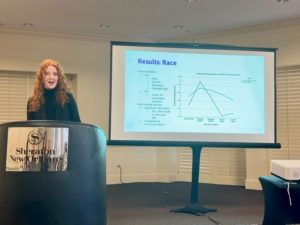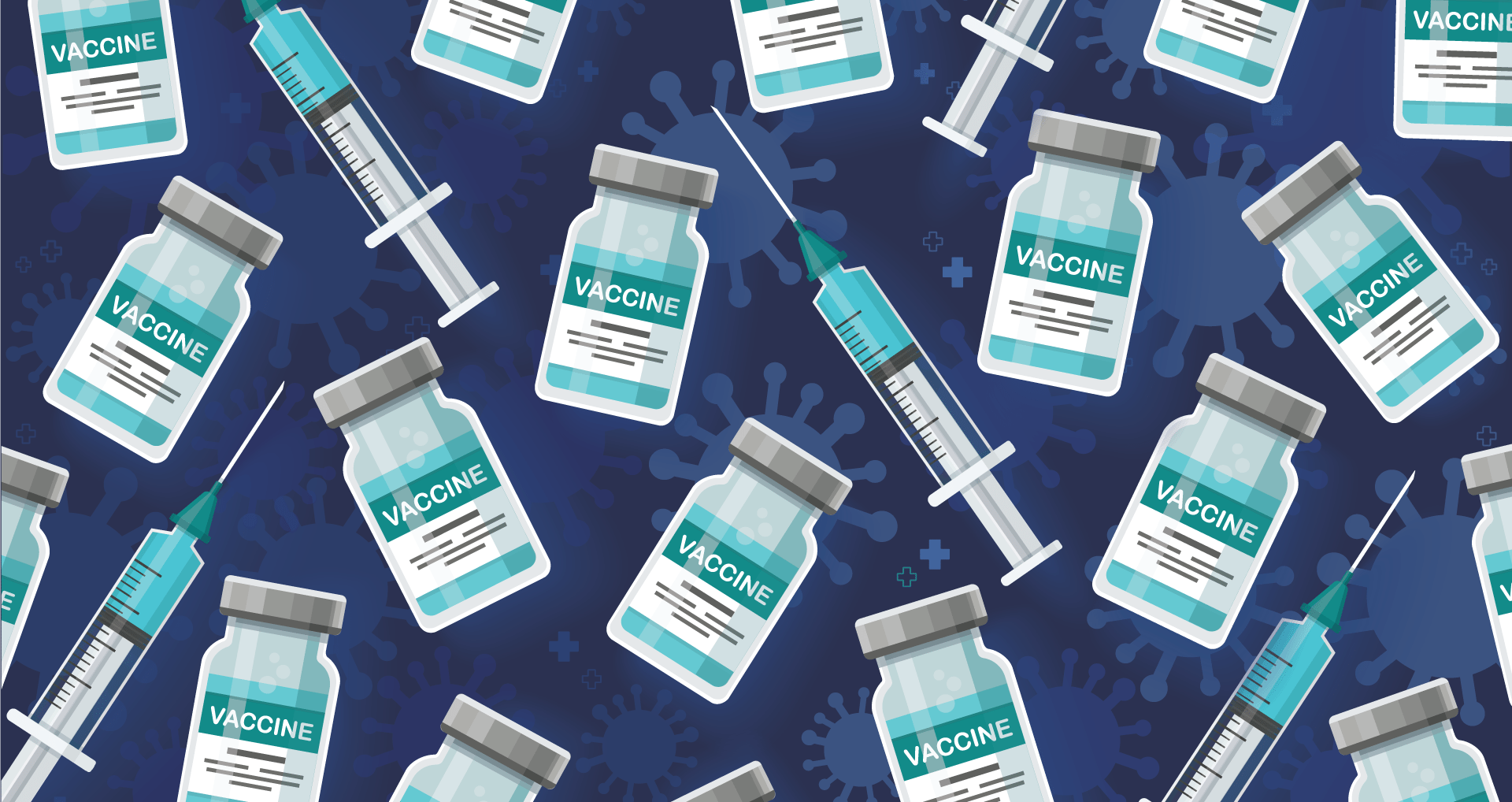
I recently traveled to the National Communication Association’s annual conference to present findings from research into how presenting COVID-19 vaccine information to people of different socioeconomic statuses and races using different message frames may impact their intention to vaccinate.
This research was part of my graduate school work at George Mason University, where I specialized in strategic communication and public relations. I wanted to analyze the impact of message framing – the manner in which a message is presented (aka, what you choose to say and how you say it) – on COVID-19 vaccine uptake. With between three and 27 percent of U.S. citizens still doubtful about getting the COVID-19 vaccine, vaccine hesitancy is a top concern of health organizations.
We conducted a survey of more than 1,000 participants and presented them with five message frames at random:
- Personal benefit: If you take the COVID-19 vaccine, you can keep yourself healthy and safe
- Social benefit: If you take the COVID-19 vaccine, you will keep other people healthy and safe
- Economic benefit: If you take the COVID-19 vaccine, you will enable economic recovery at the local and national level
- Vaccine safety: All vaccines in the U.S. must go through pre-clinical and clinical development stages before they are approved by the U.S. Food and Drug Administration (FDA)
- Control: No additional information provided
After being presented with one of these messages, participants were asked about their willingness to take a COVID-19 vaccine that was 85 percent effective and had a 15 percent chance of causing mild side effects.
The survey results indicate that emphasizing the personal benefits of receiving a COVID-19 vaccine is the most powerful way to encourage vaccine uptake. The problem is especially prevalent among underserved populations, including marginalized groups or those with lower socioeconomic statuses. However, evidence-based strategic message framing has the potential to increase people’s intention to vaccinate.
Other key findings include:
- Non-Hispanic white people are significantly more likely to intend on getting the COVID-19 vaccine than non-white people
- Those who make $50,000 or more per year are significantly more likely to intend on getting the COVID-19 vaccine than those who make $49,000 or less per year
- Those who have graduated college or graduate school are significantly more likely to intend on getting the COVID-19 vaccination than those who attended some college or less
- Those who were exposed to the personal message frame were significantly more likely to intend on getting the vaccine compared to those who received messages emphasizing social benefit, vaccine safety or no messages at all.
Why does this matter?
When trying to persuade or reach a specific audience, research can help communication professionals ensure that their message will resonate with stakeholders. While finding effective methods to increase COVID-19 vaccinations is imperative, this research serves as a lesson to communicators about the power of message framing.
Questions or want to learn more about research capabilities at W2 Communications and how research can inform your messaging? Then, please contact us.





